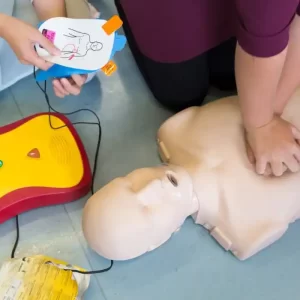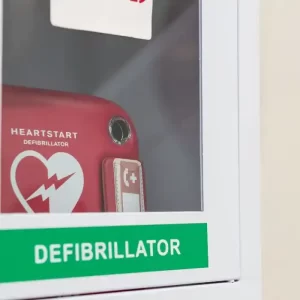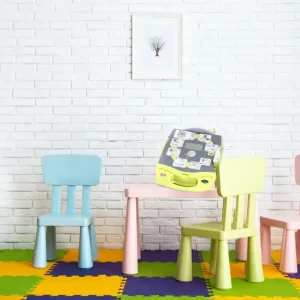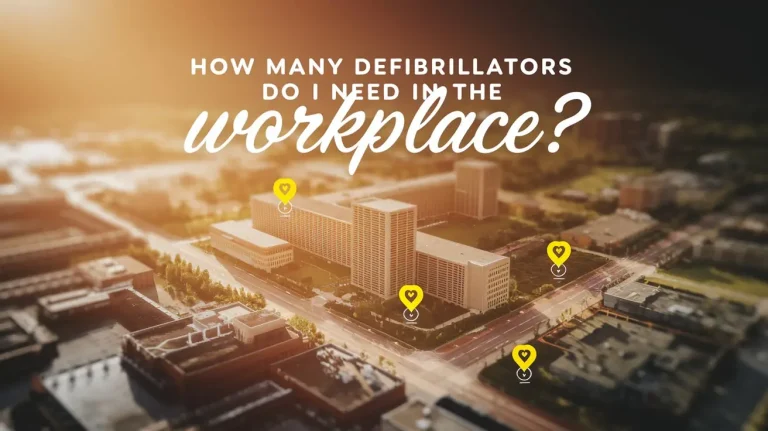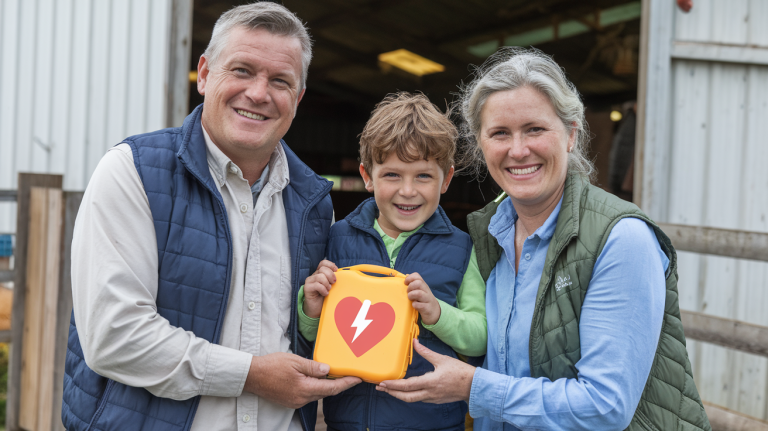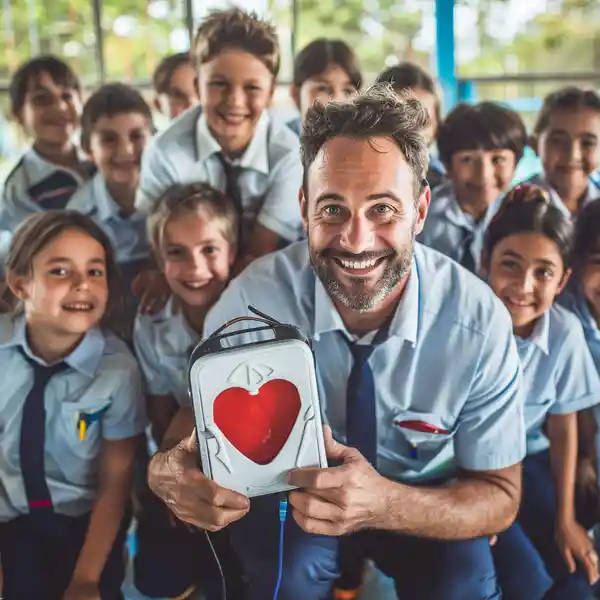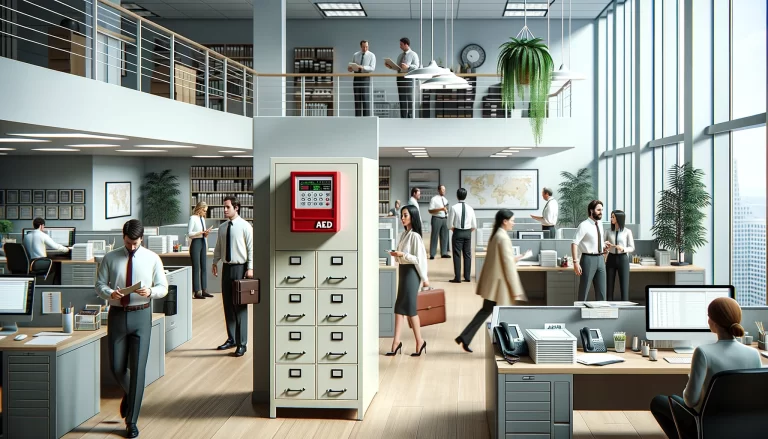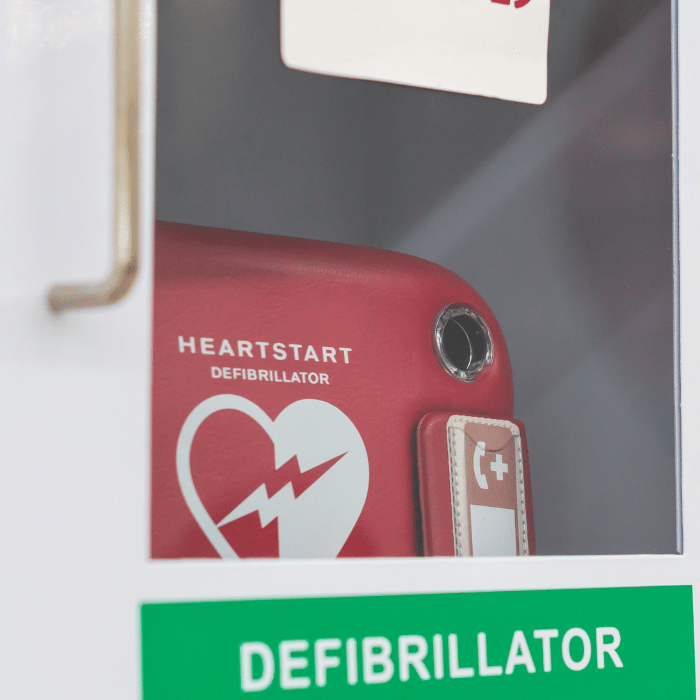How Many Defibrillators Do I Need in the Workplace?
You know defibrillators save lives—that’s not up for debate. If sudden cardiac arrest (SCA) strikes, an Automated External Defibrillator (AED) could be the only thing standing between life and death. But if you’re responsible for workplace safety, the big question isn’t should you have an AED—it’s how many do you need? The Magic Number: How…

